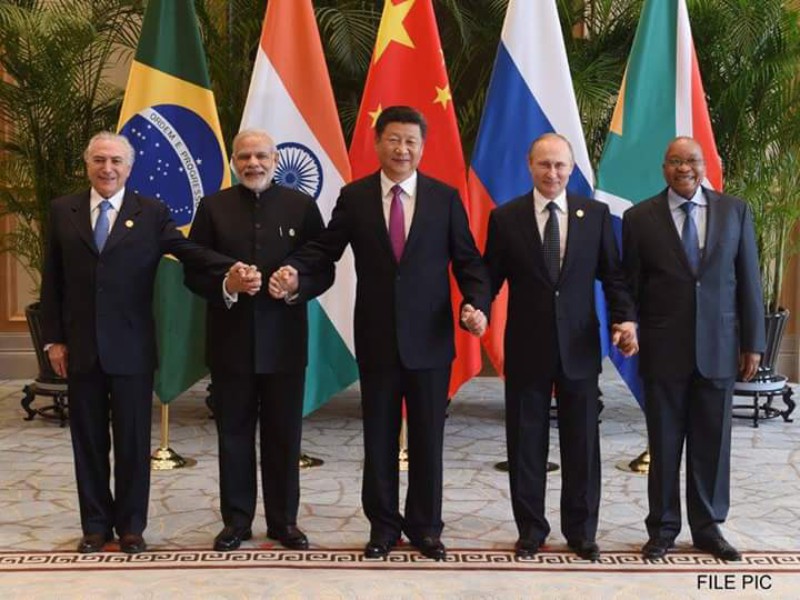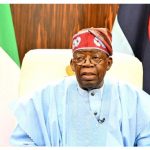World
How Russia and Four Other BRICS Countries Are Dealing With COVID-19
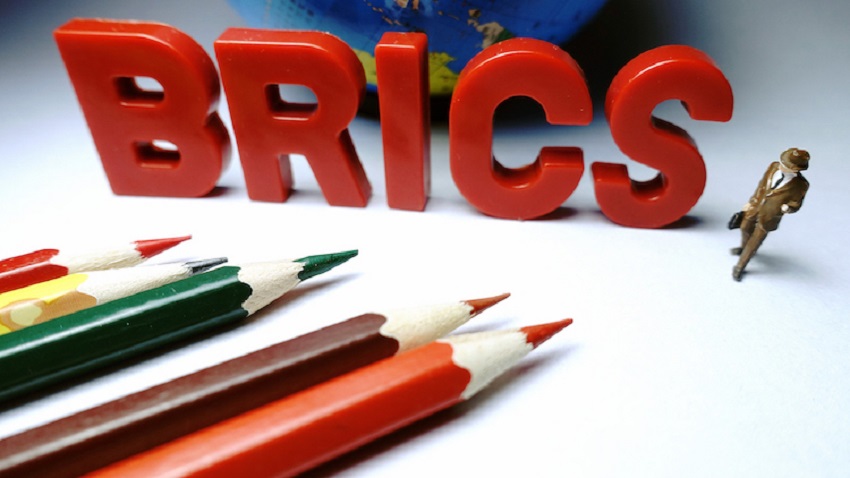
By Kester Kenn Klomegah
On December 4, Russian President Vladimir Putin held a telephone conversation with the South African President Cyril Ramaphosa. According to the official Kremlin transcript, which hardly gives detailed information, “the presidents agreed to join efforts in fighting the coronavirus pandemic, in particular in view of the newly identified Omicron strain, and further discussed interaction within BRICS and trade and economic cooperation”.
The conversation took place against the backdrop of the current entry restrictions on travellers from southern African countries, due to the spread of a new COVID-19 variant (new B.1.1.529 variant) to the United States, Europe and Asia. A few African countries have also imposed similar restrictions on entry into their territories. The southern African countries include Lesotho, Botswana, Zimbabwe, Mozambique, Namibia and Eswatini.
Russia and South Africa, which later joined in 2011, are both members of the BRICS, and since the outbreak of the coronavirus in December 2020, have discussed some aspects as well as the prospects for collaborative work in fighting the disease.
Russia and South Africa previously proposed localizing production of Russian vaccines, but the key setback was that the vaccines were yet to be approved by the World Health Organization. As a result, there were neither concrete practical results nor effective collaboration between the two countries.
In contrast, China has made huge contributions to South Africa and many other African countries. It has further, at the November Ministerial Conference (FOCAC), authoritatively pledged supply of one billion vaccines to Africa.
Within BRICS—Brazil, Russia, India, China and South Africa—the coronavirus has indeed affected them. China, with the highest 1.5 billion population, has at least, managed to keep Covid-19 under control. Russia with a population of about 145 million is itself struggling to control the spread of the virus. On the other hand, South Africa with a population of some 60 million, has the largest number of confirmed COVID-19 cases in Africa, but the lowest among the BRICS countries.
Among the five BRICS countries, China and India lead in the pursuit of economic spheres of influence worldwide. Chinese President Xi Jinping, delivering a speech via video link at the opening of the World Health Assembly, pledged $2 billion to combat COVID-19.
Local Russian media such as Izvestia has reported that the BRICS expressed commitment and preparedness to help South Africa to study the new Omicron coronavirus variant and fight it during the BRICS International Forum held early December.
President of BRICS International Forum, Purnima Anand, told Izvestia that Russia, India, China, and Brazil are now discussing ways to deliver aid to South Africa.
BRICS members are ready to support South Africa on all matters regarding the new variant, be it research or medical supplies, she told the newspaper, noting that it is important to stop Omicron before it is too late. In particular, India has put together a shipment of medical equipment and its Covishield vaccine for South Africa if these are needed.
Further, Virologist Alexey Agranovsky told Izvestia that it could take three months to a year to determine how dangerous Omicron is.
“We do not yet know whether Omicron can supplant the Delta strain, although theoretically this scenario cannot be ruled out. Omicron has not been studied enough to suggest that it is more easily tolerated than other variants. With 10 or 100 case histories tracked, there’s sketchy information, so it is impossible to talk about anything seriously,” he emphasized.
Over these years, the BRICS has wanted to expand cooperation in the fight against infections and engage in the joint production and use of vaccines. Cooperation on countering infectious diseases has long been a priority for BRICS. For instance, the final declaration of the 2015 BRICS summit in Ufa, Russia, contains instructions by the leaders to work on managing the risk of Covid-19 outbreaks.
In fact, the joint declaration stated: “We commend the efforts made by the BRICS countries to contribute to enhanced international cooperation to support the efforts of countries to achieve their health goals, including the implementation of universal and equitable access to health services, and ensure affordable, good-quality service delivery while taking into account different national circumstances, policies, priorities and capabilities.”
During the discussions at the heads of state level and ministerial levels, the countries only agreed to continue providing mutual support in activities to prevent and treat the novel coronavirus infection COVID-19, as well as to create favourable conditions for the supply of deliveries of medications and diagnostic materials, immune-biological preparations, and medical equipment.
There were also talks on efforts to strengthen international institutions, joint efforts to combat new challenges and threats, including the COVID-19 pandemic, and cooperation between the five states at multilateral fora. In the context of the current epidemiological situation, the BRICS has often expressed solidarity and hope to improve the healthcare systems.
India currently holds the 13th BRICS Chairmanship, which ends in December, and has to pass on to China for the 14th BRICS directorship starting January 2022. The five BRICS countries together represent over 3.1 billion people, or about 40 per cent of the world population. By and large, the coronavirus pandemic has taken a huge toll in Brazil, Russia, India, China and South Africa (BRICS). This article first and originally published by InDepthNews.
World
Comviva Wins at IBSi Global FinTech Innovation Award
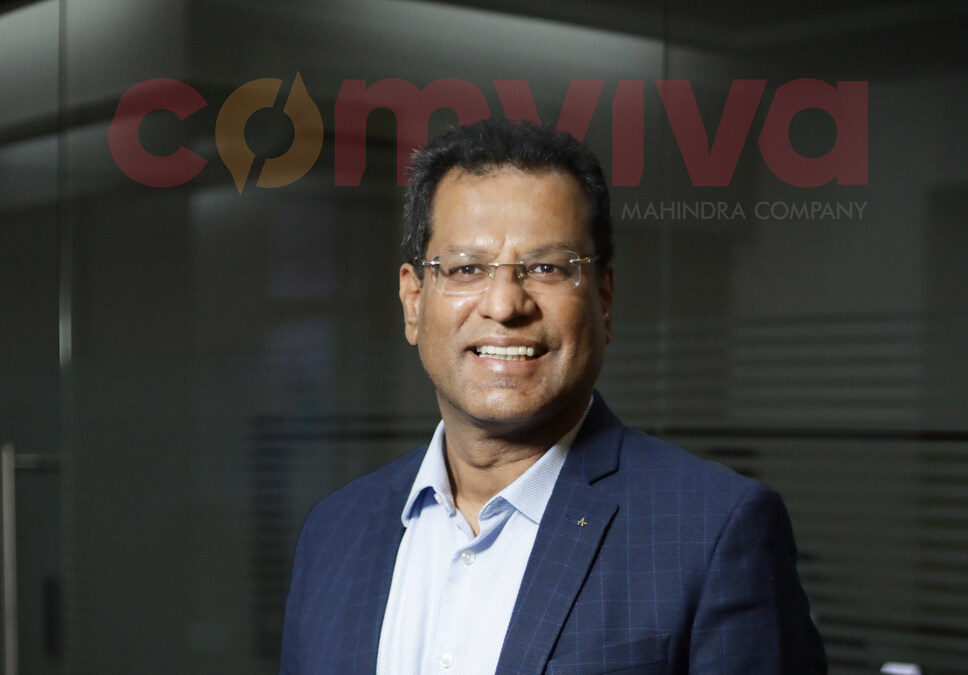
By Modupe Gbadeyanka
For transforming cross-border payments through its deployment with Global Money Exchange, Comviva has been named Best In-Class Cross Border Payments.
The global leader in digital transformation solutions clinched this latest accolade at the IBS Intelligence Global FinTech Innovation Award 2025.
The recognition highlights how Comviva’s mobiquity Pay is helping shape a modern cross-border payment ecosystem that stretches far beyond conventional remittance services.
Deployed as a white label Wallet Platform and launched as Global Pay Oman App, it fulfils GMEC’s dual vision—positioning itself as an innovative payment service provider while digitally extending its core money transfer business.
The solution allows GMEC to offer international money transfers alongside seamless forex ordering and other services. These capabilities sit alongside a broad suite of everyday financial services, including bill and utility payments, merchant transactions, education-related payments, and other digital conveniences — all delivered through one unified experience.
“This award is a testament to Oman’s accelerating digital transformation and our commitment to reshaping how cross-border payments serve people and businesses across the Sultanate.
“By partnering with Comviva and bringing the Global Pay Oman Super App, we have moved beyond traditional remittance services to create a truly inclusive and future-ready financial ecosystem.
“This innovation is not only enhancing convenience and transparency for our customers but is also supporting Oman’s broader vision of building a digitally empowered economy,” the Managing Director at Global Money Exchange, Subromoniyan K.S, said.
Also commenting, the chief executive of Comviva, Mr Rajesh Chandiramani, said, “Cross-border payments are becoming a daily necessity, not a niche service, particularly for migrant and trade-linked economies.
“This recognition from IBS Intelligence validates our focus on building payment platforms that combine global reach with local relevance, operational resilience and a strong user experience. The deployment with Global Money Exchange Co. demonstrates how mobiquity® Pay enables financial institutions to move beyond remittances and deliver integrated digital services at scale.”
“The deployment of mobiquity Pay for GMEC showcases how scalable, API-driven digital wallet platforms can transform cross-border payments into seamless, value-rich experiences.
“By integrating remittances, bill payments, forex services, and AI-powered engagement into a unified Super App, Comviva has reimagined customer journeys and operational agility.
“This Best-in-Class Cross-border Payments award win stands as a testament to Comviva’s excellence in enabling financial institutions to compete and grow in a digitally convergent world,” the Director for Research and Digital Properties at IBS Intelligence, Nikhil Gokhale, said.
World
Russia Renews Africa’s Strategic Action Plan
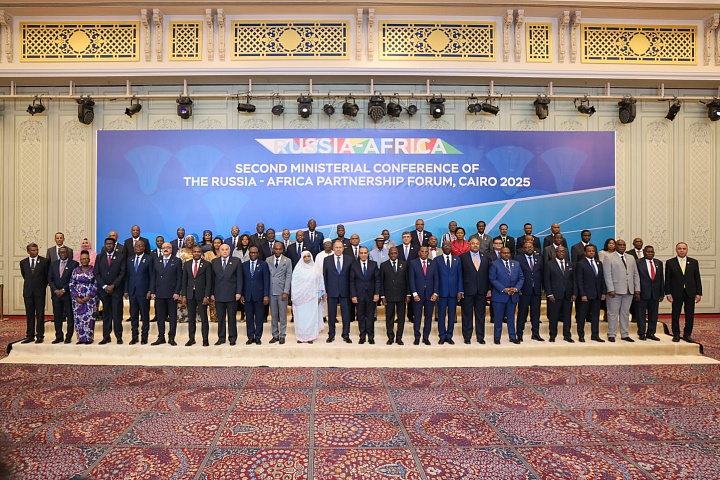
By Kestér Kenn Klomegâh
At the end of an extensive consultation with African foreign ministers, Russian Foreign Minister, Sergey Lavrov, has emphasized that Moscow would advance its economic engagement across Africa, admittedly outlining obstacles delaying the prompt implementation of several initiatives set forth in Strategic Action Plan (2023-2026) approved in St. Petersburg during the Russia-Africa Summit.
The second Ministerial Conference, by the Russian Foreign Ministry with support from Roscongress Foundation and the Arab Republic of Egypt, marked an important milestone towards raising bilateral investment and economic cooperation.
In Cairo, the capital city of the Arab Republic of Egypt, Lavrov read out the final resolution script, in a full-packed conference hall, and voiced strong confidence that Moscow would achieve its strategic economic goals with Africa, with support from the African Union (AU) and other Regional Economic blocs in the subsequent years. Despite the complexities posed by the Russia-Ukraine crisis, combined with geopolitical conditions inside the African continent, Moscow however reiterated its position to take serious steps in finding pragmatic prospects for mutual cooperation and improve multifaceted relations with Africa, distinctively in the different sectors: in trade, economic and investment spheres, education and culture, humanitarian and other promising areas.
The main event was the plenary session co-chaired by Russian Foreign Minister Sergey Lavrov and Egyptian Minister of Foreign Affairs, Emigration, and Egyptians Abroad Bashar Abdelathi. Welcome messages from Russian President Vladimir Putin and Egyptian President Abdelhak Sisi were read.
And broadly, the meeting participants compared notes on the most pressing issues on the international and Russian-African agendas, with a focus on the full implementation of the Russia-Africa Partnership Forum Action Plan for 2023-2026, approved at the second Russia-Africa Summit in St. Petersburg in 2023.
In addition, on the sidelines of the conference, Lavrov held talks with his African counterparts, and a number of bilateral documents were signed. A thematic event was held with the participation of Russian and African relevant agencies and organizations, aimed at unlocking the potential of trilateral Russia-Egypt-Africa cooperation in trade, economic, and educational spheres.
With changing times, Africa is rapidly becoming one of the key centers of a multipolar world order. It is experiencing a second awakening. Following their long-ago political independence, African countries are increasingly insisting on respect for their sovereignty and their right to independently manage their resources and destiny. Based on these conditions, it was concluded that Moscow begins an effective and comprehensive work on preparing a new three-year Cooperation and Joint Action Plan between Russia and Africa.
Moreover, these important areas of joint practical work are already detailed in the Joint Statement, which was unanimously approved and will serve as an important guideline for future work. According to reports, the Joint Statement reflects the progress of discussions on international and regional issues, as well as matters of global significance.
Following the conference, the Joint Statement adopted reflects shared approaches to addressing challenges and a mutual commitment to strengthening multifaceted cooperation with a view to ensuring high-quality preparation for the third Russia-Africa Summit in 2026.
On December 19-20, the Second Ministerial Conference of the Russia-Africa Partnership Forum was held in Cairo, Egypt. It was held for the first time on the African continent, attended by heads and representatives of the foreign policy ministries of 52 African states and the executive bodies of eight regional integration associations.
World
TikTok Signs Deal to Avoid US Ban
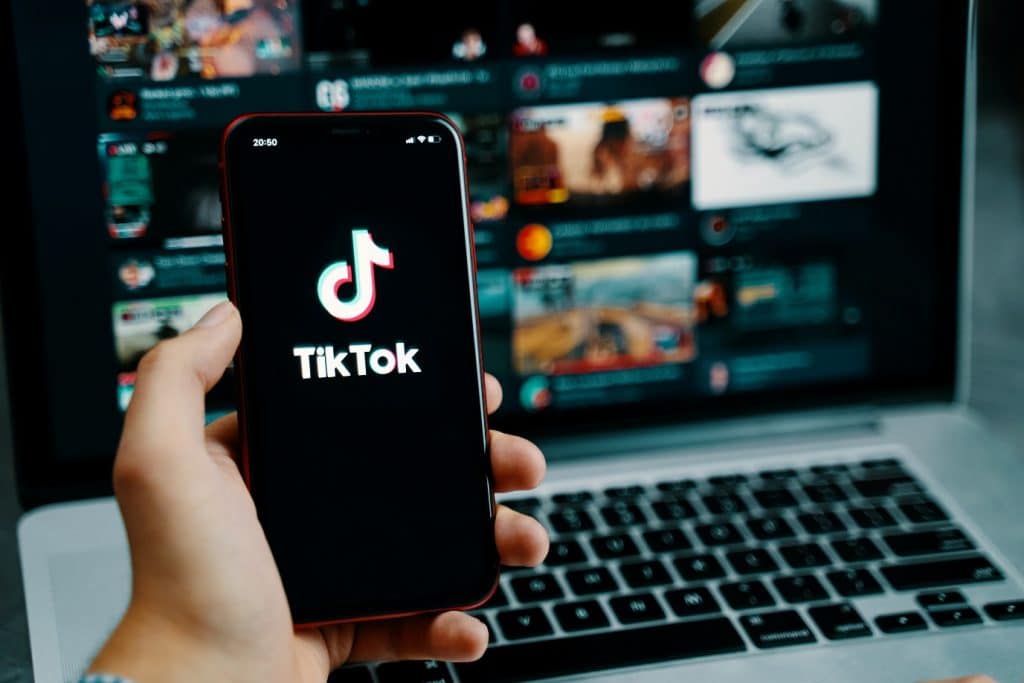
By Adedapo Adesanya
Social media platform, TikTok’s Chinese owner ByteDance has signed binding agreements with United States and global investors to operate its business in America.
Half of the joint venture will be owned by a group of investors, including Oracle, Silver Lake and the Emirati investment firm MGX, according to a memo sent by chief executive, Mr Shou Zi Chew.
The deal, which is set to close on January 22, 2026 would end years of efforts by the US government to force ByteDance to sell its US operations over national security concerns.
It is in line with a deal unveiled in September, when US President Donald Trump delayed the enforcement of a law that would ban the app unless it was sold.
In the memo, TikTok said the deal will enable “over 170 million Americans to continue discovering a world of endless possibilities as part of a vital global community”.
Under the agreement, ByteDance will retain 19.9 per cent of the business, while Oracle, Silver Lake and Abu Dhabi-based MGX will hold 15 per cent each.
Another 30.1 per cent will be held by affiliates of existing ByteDance investors, according to the memo.
The White House previously said that Oracle, which was co-founded by President Trump’s supporter Larry Ellison, will license TikTok’s recommendation algorithm as part of the deal.
The deal comes after a series of delays.
Business Post reported in April 2024 that the administration of President Joe Biden passed a law to ban the app over national security concerns, unless it was sold.
The law was set to go into effect on January 20, 2025 but was pushed back multiple times by President Trump, while his administration worked out a deal to transfer ownership.
President Trump said in September that he had spoken on the phone to China’s President Xi Jinping, who he said had given the deal the go ahead.
The platform’s future remained unclear after the leaders met face to face in October.
The app’s fate was clouded by ongoing tensions between the two nations on trade and other matters.
-

 Feature/OPED6 years ago
Feature/OPED6 years agoDavos was Different this year
-
Travel/Tourism9 years ago
Lagos Seals Western Lodge Hotel In Ikorodu
-

 Showbiz3 years ago
Showbiz3 years agoEstranged Lover Releases Videos of Empress Njamah Bathing
-

 Banking8 years ago
Banking8 years agoSort Codes of GTBank Branches in Nigeria
-

 Economy3 years ago
Economy3 years agoSubsidy Removal: CNG at N130 Per Litre Cheaper Than Petrol—IPMAN
-

 Banking3 years ago
Banking3 years agoFirst Bank Announces Planned Downtime
-

 Banking3 years ago
Banking3 years agoSort Codes of UBA Branches in Nigeria
-

 Sports3 years ago
Sports3 years agoHighest Paid Nigerian Footballer – How Much Do Nigerian Footballers Earn



